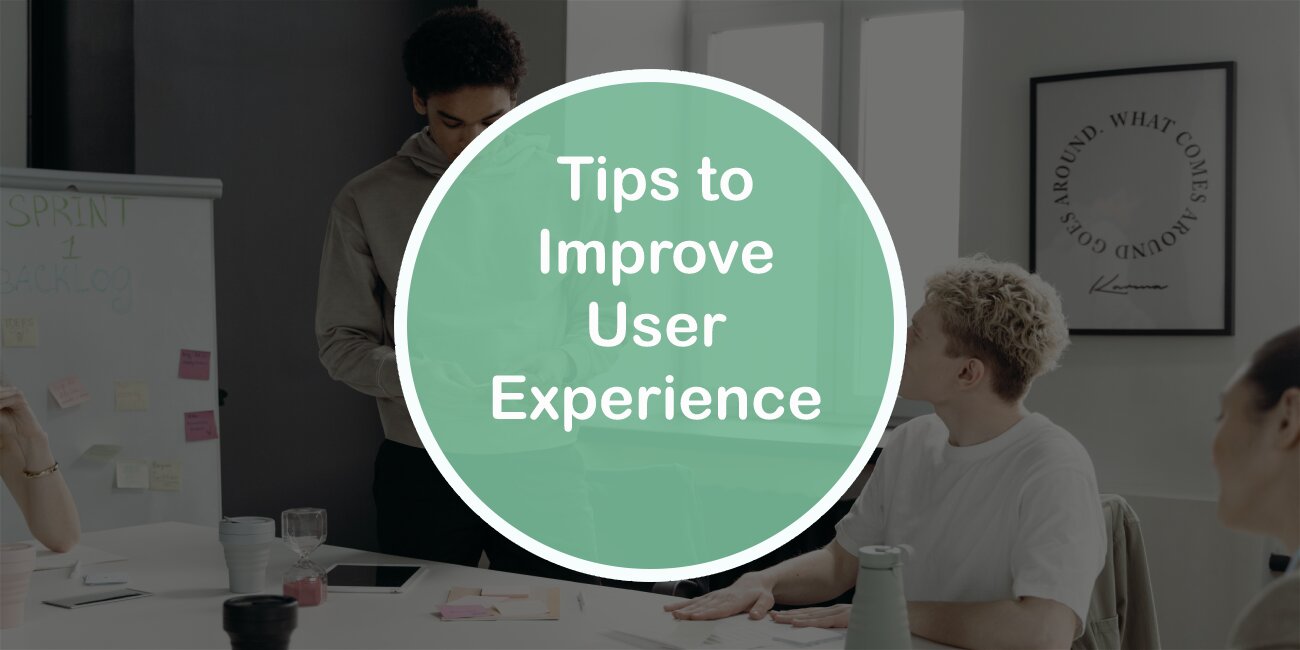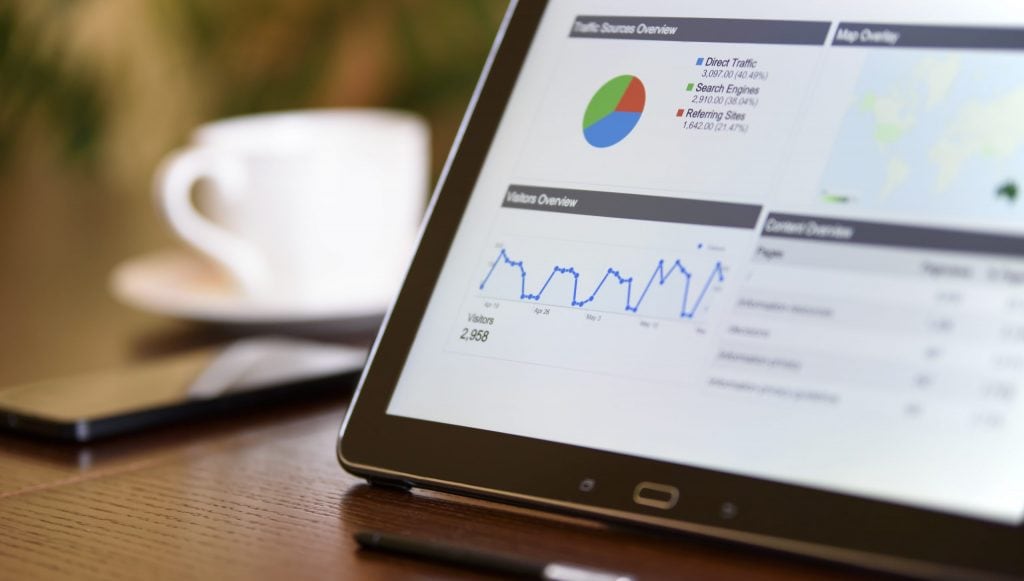Just like pretty much everything else in life, your company website needs regular updates and general maintenance to keep it ticking over and minimize the chances of errors creeping in.
If you make regular checks of your site, you’ll reduce the chances of far more significant problems cropping up at a later date while also improving the User Experience (UX) of your site.
The majority of websites go through various stages of development once they’re published. After all, you can do all the planning and wireframing you like in the production phase but, until you make your site live, you won’t be able to see how visitors are interacting with your content and which pages are most popular, etc.
Rather than simply considering your #website complete from day one, below are some tips you could employ to keep #improving your pages. Share on XCheck page loading times
One of the most common factors overlooked by content producers and web admins is their site’s loading speed – yet, slow pages can have a dramatic effect on your site traffic. This issue becomes all the more problematic when it comes to e-commerce sites and can even lead to dropped sales (for example, through shopping cart abandonment).
If you want evidence of how page loading speed can result in losses, you need only look at e-com giant Amazon. In a 2017 study conducted by Akamai, it was found that for every 100 milliseconds of extra loading time, the company lost a staggering 1% in sales.
Ensure your backend Content Management System isn’t clogged
These days, pretty much all modern websites are powered by a Content Management System (CMS) that allows quick edits and add/delete functions over pages, images, and text – independent of using a web developer. However, while a CMS is great and offers web admins complete control over their content, they can frequently become clogged with unnecessary or out-of-date plugins.
In particular, CMS platforms like WordPress feature huge libraries of plugins that are incredibly easy to install but can often slow the performance of your site.
To make sure your site doesn’t run the risk of a malicious attack through outdated apps, you must perform regular WordPress maintenance – or bring in a specialist developer who can help with the task. Of course, other CMS are also at risk, but WordPress’ prevalence as the world’s most popular CMS puts it at increased danger from hackers.
Monitor your Google Analytics
If you don’t already use Google Analytics (GA), you should install it to ensure you have a better understanding of how visitors to your site are navigating your pages. GA can also be used to check for the cardinal sin of websites – namely broken page and image links – while also letting you streamline the overall user experience.
Using GA, you’ll also be able to prioritize your most popular content, ensuring it’s placed higher up navigation menus (or even directly on your front page). GA is an essential tool for web admins – plus, installing it also lets Google get a better understanding of your site which will help with your performance in searches on the platform.



